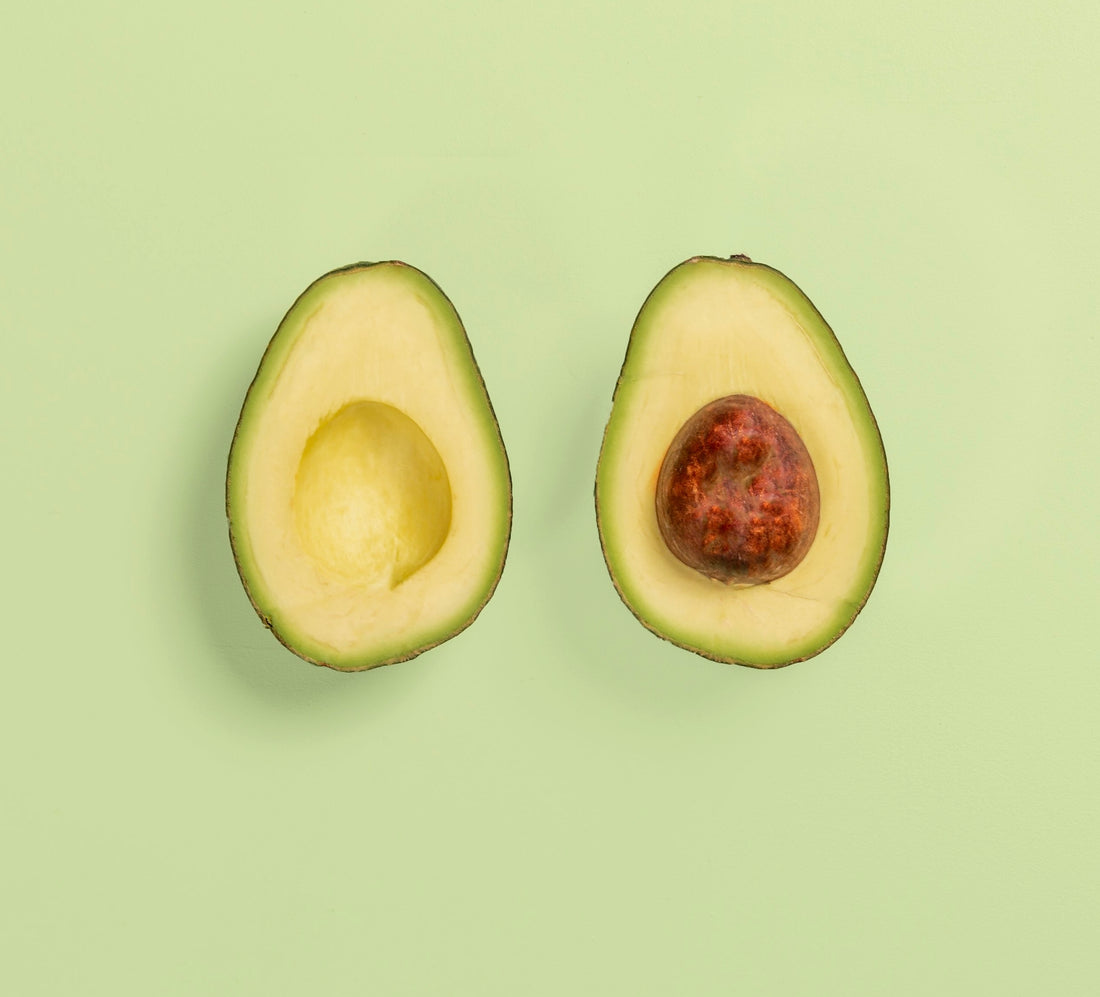
Weaning Wonders: Introducing your little one to the world of food
Share
Beginning to wean your baby
Introducing your baby to their first solid foods is a significant milestone in their development and marks the start of their relationship with food. But it is more than a change to their diet; it's actually a new chapter in your child's growth and exploration of the world. The journey of weaning your baby is an exciting time filled with first tastes and textures, and most importantly, it can lay the foundations for healthy eating habits that will last a lifetime.
When should you start weaning?
Consensus among experts is between six and nine months is the ideal time to begin introducing solid foods into your baby's diet, coinciding with your baby's physical development, including the ability to sit up independently and the improvement in their grasp. Signs of readiness also include an increased interest in your food, a clear indication that your baby is eager to embark on this new dietary adventure.
What are the initial steps you should take when weaning?
The term "solid food" might conjure images of a juicy steak, but in reality, the initial stages of weaning involve much softer types of food. A gentle introduction with baby rice or porridge, or mashed ripe avocado mixed with their usual breast or formula milk, is a gentle, comforting start. Following this, single pureed vegetables can introduce your baby to a range of flavours without overwhelming them. Then these different blitzed vegetables can be mixed together to offer new, more complex flavours. In these early stages, one meal a day is enough and can replace one of their regular milk feeds.
How should weaning progress?
As your baby becomes more accustomed to new tastes and textures, you can gradually introduce a wider variety of foods. The aim is to encourage a balanced diet, rich in nutrients, to support their growing bodies and minds. Remember, every baby is unique, and their weaning journey will be as individual as they are. Patience and persistence are key, with each new food offering an opportunity for exploration and discovery.
What are the essential weaning accessories I need?
Embarking on the weaning journey requires more than just food. A suite of feeding accessories will make the process smoother and more enjoyable for both you and your baby. Essential items include:
- Cups: Choose baby-friendly designs that are easy for little hands to grasp.
- Bowls: Look for stable, durable bowls that can handle the occasional tumble.
- Cutlery: Soft-tipped spoons are perfect for tender gums, easing the transition from milk to solids.
- Bibs: Perhaps the most crucial of all, a good bib is your first line of defence against the inevitable mess of meal times.
How to ensure weaning is an enjoyable adventure
View weaning as a time of exploration, learning, and bonding, as you introduce your child to the joys of eating and the rich flavours of the different foods. With patience, preparation, and a sprinkle of excitement, the weaning journey can be a delightful experience for both of you, setting the foundation for a healthy, happy relationship with food for your child.
Follow our top tips for successful weaning
- Slow and steady wins the race: Remember, weaning isn't a sprint; it's more of a leisurely stroll. Taking your time ensures a smoother transition for both you and your baby.
- Tag team feeding: Sometimes, all it takes is a fresh face at feeding time. Encourage your partner or a trusted caregiver to step in with the bottle, offering a new bonding opportunity.
- Cuddles and comforts: A soft blanket or a fuzzy friend can be a source of comfort for your baby during these new experiences, making transitions feel safe and snuggly.
- Highchair status: Make solid food introductions an event by serving meals at the table in a high chair, elevating dining to adorable new heights for your baby!
- Bond beyond the bottle or breast: Carve out special moments for just you and your little one, ensuring that physical closeness remains a constant through activities including reading or park visits. One of their key early bonding moments will be physical closeness to you during feeding so they will need this replaced as they wean.
- Dreamy bedtime tweaks: Revamp bedtime routines with stories or songs, offering comfort that doesn't hinge on feeding, ensuring sweet dreams are made of these heartfelt alternatives.
- No rush policy: Ease out of feedings gradually, over days or even weeks, to manage any discomfort and keep the weaning as gentle as possible for your baby.
- Pause, play and repeat: If life throws a curveball (think teething or a cold for your little one!), it's perfectly fine to hit pause on weaning and resume when you child is in a better mood.
